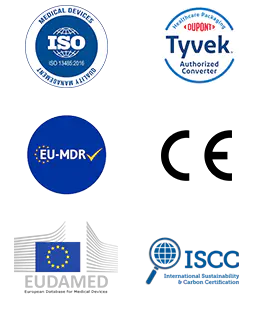In the context of rising quality management standards in the healthcare sector, the Heat Sealing Sterilization Pouch has become an indispensable part of medical device packaging, undergoing significant technological evolution and broader application. Both large general hospitals and small specialized institutions are placing increasing demands on the performance, safety, and sustainability of these sterilization pouches.
From a regulatory perspective, ISO 11607 remains the widely adopted international standard that defines technical requirements for terminally sterilized medical device packaging systems. Heat sealing sterilization pouches must demonstrate strong seal integrity, effective microbial barrier performance, and validated aging resistance. Manufacturers are required to strictly control and regularly verify sealing parameters such as temperature, pressure, and time to ensure consistent and reliable seals across all areas.
In terms of compatibility with sterilization methods, modern medical environments commonly employ ethylene oxide (EO), saturated steam, and low-temperature plasma sterilization. Each method places unique demands on material durability under high heat, humidity, or oxidative conditions. The pouch must maintain its structural integrity without delamination or leakage at seal zones. These requirements have driven advancements in multilayer film technologies, medical-grade paper, and transparent coating materials.
Environmental sustainability is also becoming a focal point. With growing awareness of ecological impact, some manufacturers are turning to biodegradable plastics or bio-based films to reduce long-term medical waste. The green transformation of packaging materials is gradually being incorporated into product design and procurement strategies, without compromising safety during sterilization and storage.
In addition to hospitals and device manufacturers, there is a rising demand for small-format sterilization pouches among dental clinics, aesthetic medicine providers, and independent outpatient facilities. These users require compact, user-friendly packaging solutions that enable quick and efficient sealing, often within limited operational spaces. The industry is responding with flexible pouch designs and personalized sealing configurations to support higher usage efficiency and regulatory compliance.
Quality control remains a central concern, especially regarding seal integrity failures. Common issues such as uneven sealing, localized material rupture, or pouch deformation post-sterilization highlight potential process weaknesses. These often stem from inadequate sealing parameters, poor equipment maintenance, or raw material inconsistencies. To address such risks, manufacturers and users are implementing more rigorous verification processes, including peel strength testing, dye penetration tests, visual inspection, and seal traceability systems.
Looking ahead, heat sealing sterilization pouches are evolving from simple containment solutions into integrated systems that support compliance, safety, and sustainability. With increasing precision in medical device management, these pouches will play an even more vital role across diverse healthcare applications.
For more information on technical solutions and application trends of heat sealing sterilization pouches in medical packaging, please visit the hopewayamd website.

 English
English Français
Français Deutsch
Deutsch Nederlands
Nederlands


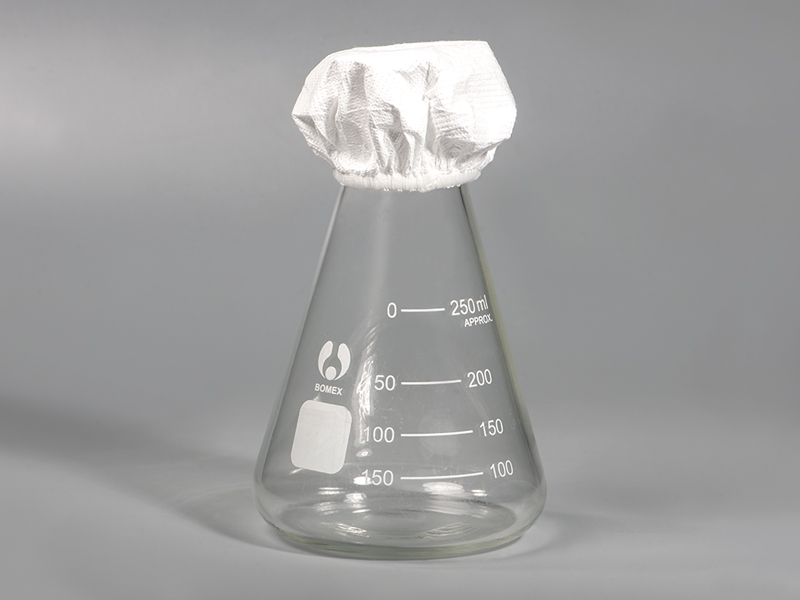



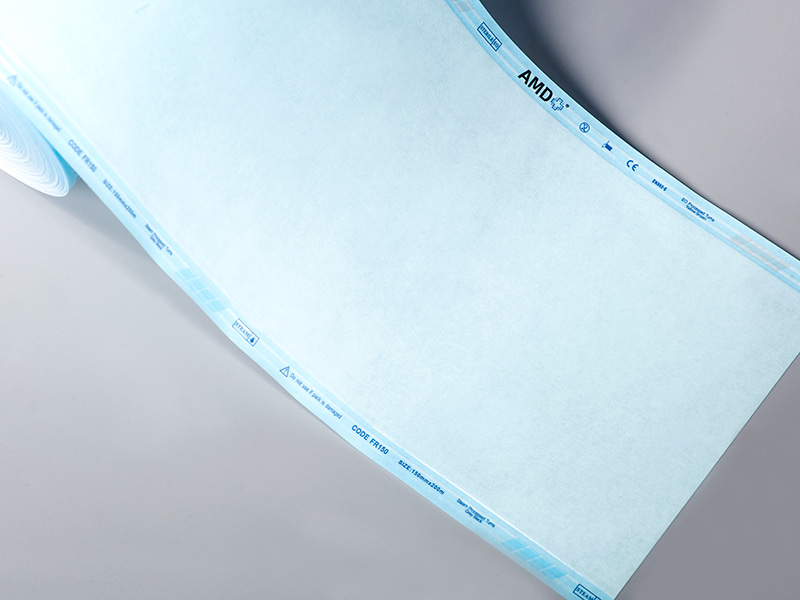
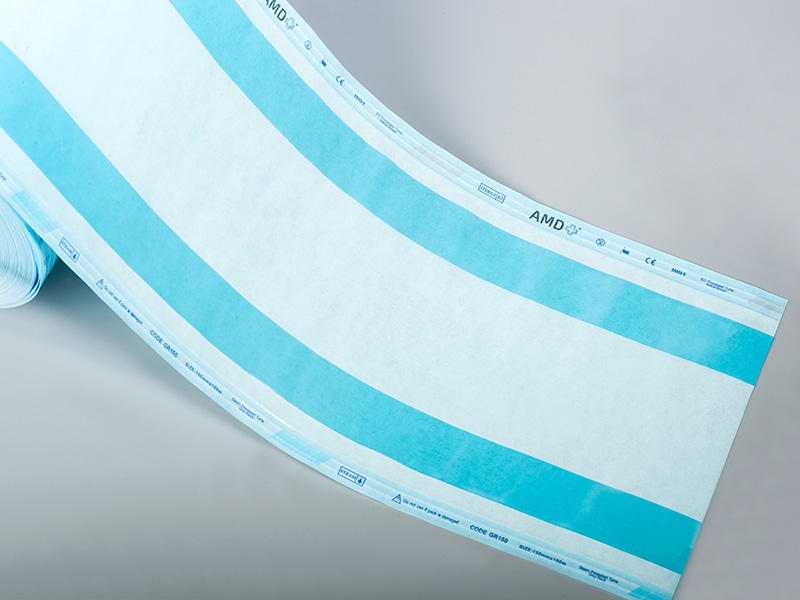
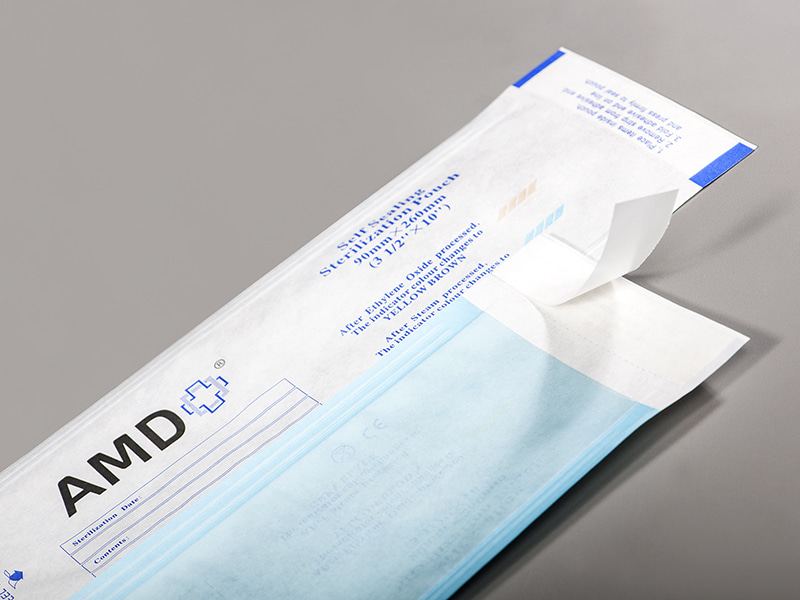
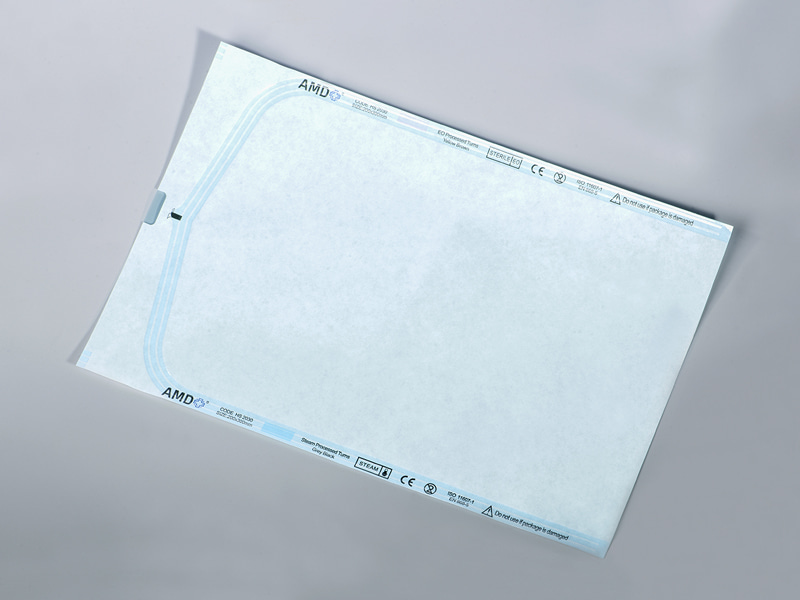
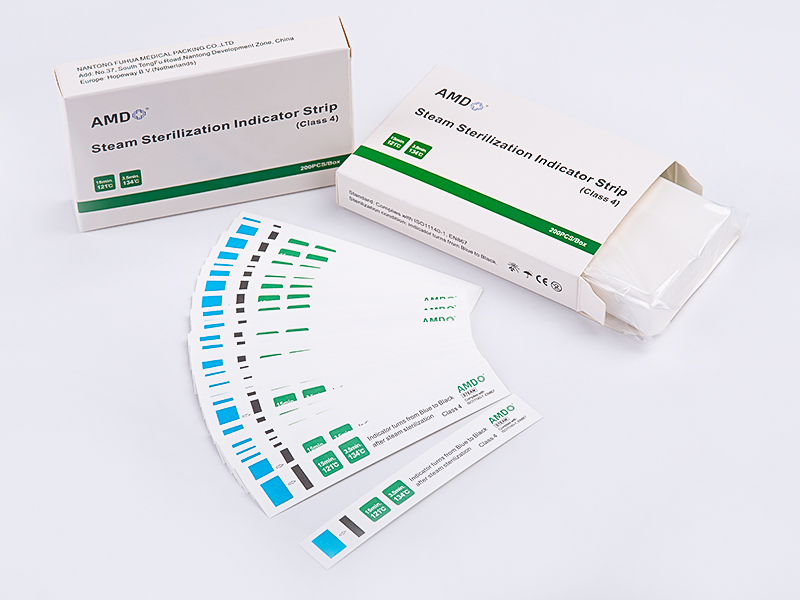
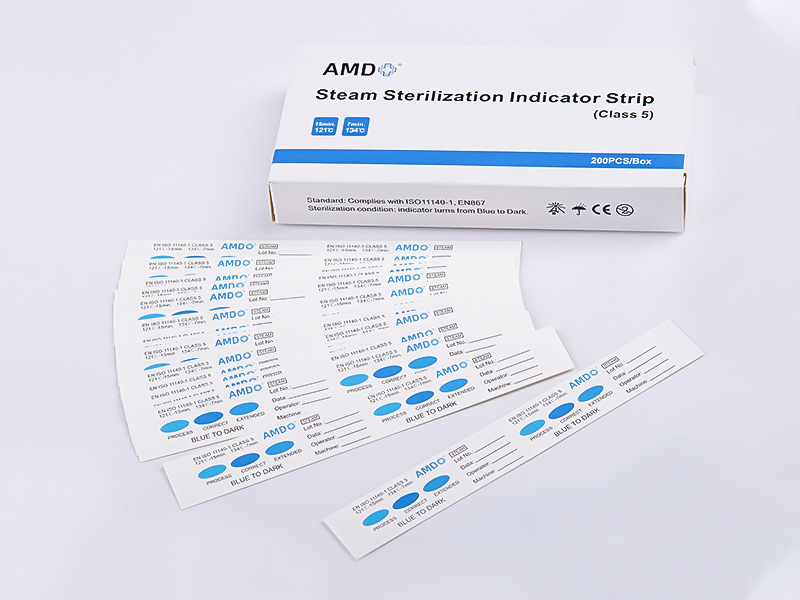

 ‘s-Gravenweg 542, 3065SG RotterdamThe Netherlands
‘s-Gravenweg 542, 3065SG RotterdamThe Netherlands
 +31 (0)10 254 28 08
+31 (0)10 254 28 08
